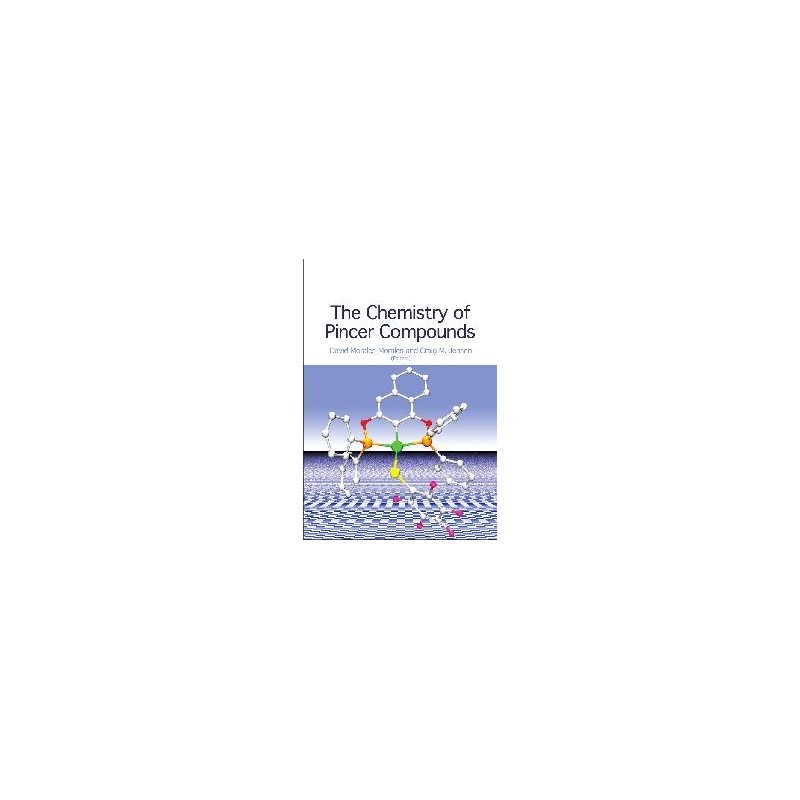- Obecnie brak na stanie



Brak towaru
Brak towaru
STROBOSKOPOWY MIERNIK PRĘDKOŚCI OBROTOWEJ - PŁYTKA DRUKOWANA I ZAPROGRAMOWANY UKŁAD
Brak towaru
Brak towaru
Brak towaru
Brak towaru
Płytka drukowana i zaprogramowany układ do płytki edukacyjnej dla Arduino. AVT5636 A+
Brak towaru
Terenowe podwozie Dagu Wild Thumper 4WD w kolorze srebrnym, w komplecie koła o średnicy 120 mm oraz silniki z przekładnią 34:1. Podwozie jest wykonane z blachy aluminiowej, otwory o średnicy 4 mm rozmieszczone co 10 mm umożliwiają montaż kontrolera oraz akcesoriów. Pololu 1564
Brak towaru
Panel boczny z czujnikami przeznaczony do zestawu Totem Mini Lab i Totem Micro Lab. Na płytce znajduje się mikrofon, wyświetlacz OLED, czujnik wilgotności DH11, termistor NTC, buzzer oraz moduł sterowania silnikiem DC. Totem TE-SP02-B
Brak towaru
Brak towaru
Płytka drukowana z zaprogramowanym układem do czasowego włącznika zbliżeniowego. AVT1980 A+
Brak towaru
Brak towaru
Brak towaru
Listwa stykowa prosta w kolorze czarnym, jednorzędowa, żeńska, 1x7, raster 2.54mm, THT, RoHS. PB07S
Brak towaru
Brak towaru
Brak towaru

